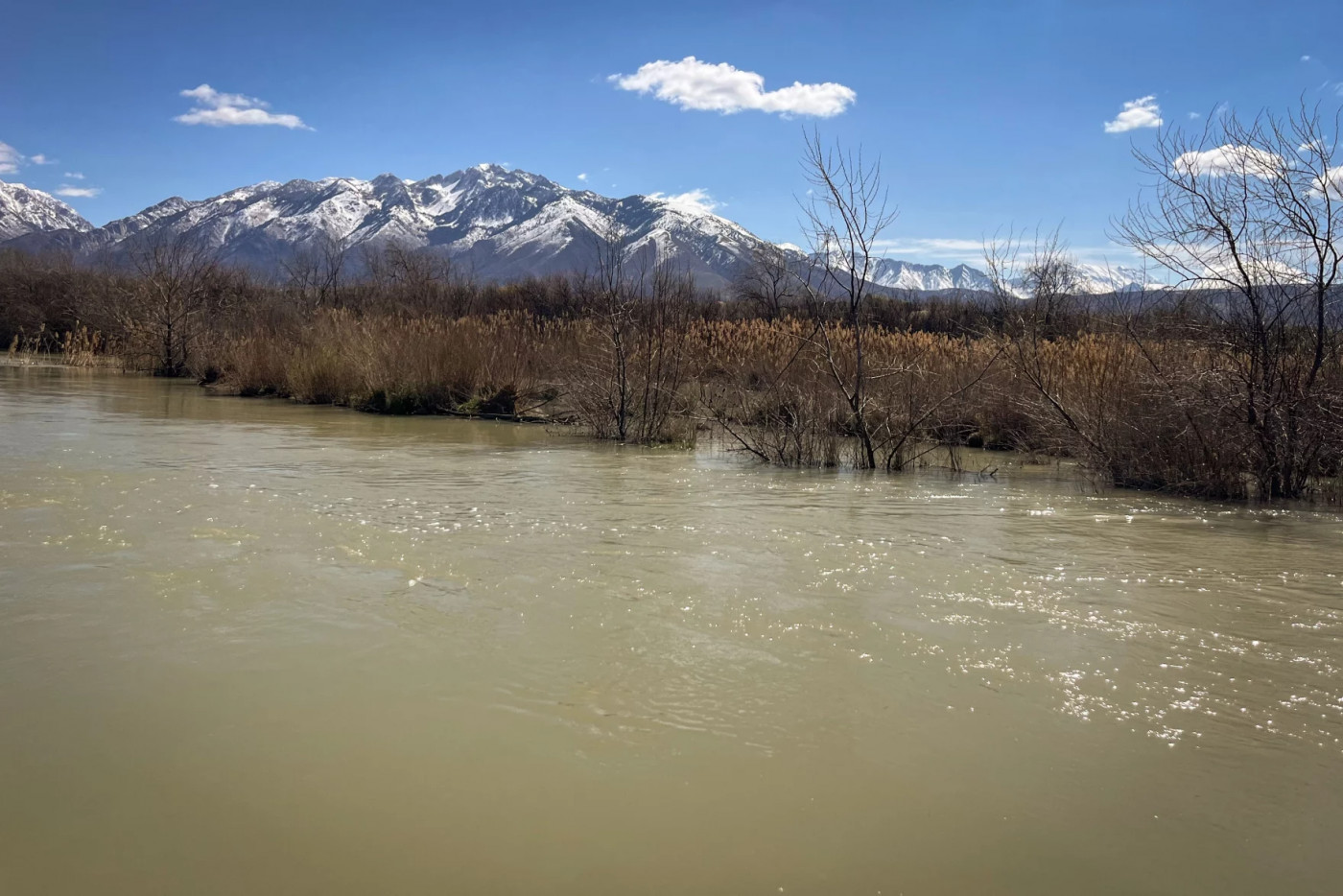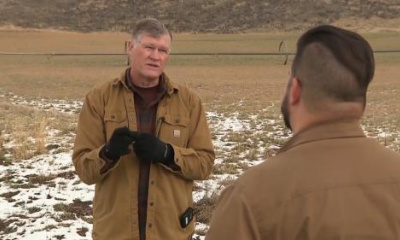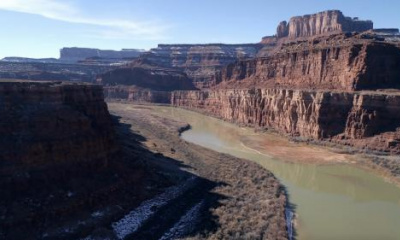In Utah, a long dry winter is often followed by heavy drought-busting rain in the spring. A new study from Utah State University defines these as “miracle springs.” It also indicates that as climate change warms the state, there will be fewer wet springs to count on in the future.
Binod Pokharel, the lead author of the study, noticed newspaper headlines about these miracle springs, but couldn’t find any studies showing patterns for this kind of weather event. He worked with a research team to gather data and spoke with water managers about what they looked like.
“Considering their views and also looking at the scientific data, I consider four consecutive months as a dry period and then three consecutive months for the wet period.”
By that definition, his research shows miracle spring weather happens about once every decade.
“If it is doing some kind of trend, that's some kind of pattern in the historical period. What about in the future?” Pokharel added.
“So then we looked at the future climate data considering different climate models.”
They used three different models to predict how often miracle spring events will occur as the climate warms. Pokharel said the “magnitude is quite different, but the trend is the same.”
Overall, the study concludes that miracle springs “may become less frequent and less intense in a warming climate.”
According to Joel Williams, deputy director of the Utah Division of Water Resources, trends like this are a big reason why it’s not time to be more relaxed about conservation — despite the last two bountiful water years.
“The phrase that we're hearing a lot is that if you live in Utah, you're either in a drought or you're preparing for the next drought.”
He said it’s important to save water now so that it “can benefit the natural environment and can help us to prepare for the next drought because we don't know exactly what next winter is going to bring.”
And even with statewide reservoirs sitting near 85% of capacity, Utahns should still think carefully about watering their lawn.
Warmer weather in the spring and fall has extended watering seasons past what they would be otherwise, but it’s not always necessary to water in March and April.
“We're encouraging people to wait until May 1 for sure. And then depending on [the] weather, we may even be able to make it to Mother's Day before we're recommending watering,” Williams said.
The Division of Water Resources has a weekly lawn watering guide online to help residents decide when and how much to water based on weather conditions.








